The Xiaomi Mi MIX 2S Review: Fantastic Overall Value
by Andrei Frumusanu on June 29, 2018 8:00 AM EST- Posted in
- Mobile
- Smartphones
- Xiaomi
- MI MIX 2S
Display Measurement
The MIX 2S comes with an LCD IPS panel sourced from JDI alongside a Novatek NT35596S DDIC driving it. Notably there’s some concerns on the side of the display as I saw that it’s running in video mode instead of command mode – something that’s not beneficial to power consumption as the SoC has to continuously send display data to the DDIC over the MIPI interfaces. I’m not sure why Xiaomi chose to drive the display in this way – one reason could be cost cutting as it simplifies the implementation. Both the DDIC and the SoC obviously support command mode so it doesn’t seem to be a technical limitation.
There’s also concerns about the display panel itself – one of the things that immediately popped out to me was that the panel had some noticeably slow pixel response times and this resulted in ghosting and trailing. I found this quite annoying and it was one of the reasons why I didn’t like using the phone over prolonged times.
Viewing angles while being good in-axis, showcased some less spectacular performance off-axis, with noticeable reduced contrast from certain angles. It’s unfortunate to see that Xiaomi opted for a less than perfect display panel for what is essentially one of their flagship devices – as both the response time issue and the viewing angles alone make this a notably worse display than what we’re used from LCD screens from LG or Apple.
Nevertheless, we move on to the usual display characterisation.
Yet another Android 8.0 phone, yet another new phone that doesn’t support Android’s new colour management. At this point I do ask myself if we’ll ever see any kind of wide-spread support – as far as I’m aware the Pixel devices are still the only phones who support it. Hopefully 2019 is the year where we’ll finally have vendors try to reconciliate their own colour profiles with actual true colour management.
Xiaomi supports 3 colour profile modes: “Automatic contrast” with selectable default, warm or cool colour temperature presets; a custom mode that targets DCI-P3 but has some interesting quirks, “Increased contrast” which targets DCI-P3, and “Standard” which targets an accurate sRGB profile.
As always, measurements are performed with an X-Rite i1Pro 2 spectrophotometer, with the exception of black levels which are measured with an i1Display Pro colorimeter. Data is collected and examined using SpectraCal's CalMAN software.
Standard (sRGB)
Increased (DCI-P3) Automatic Warm
In terms of grayscale accuracy, the “Standard” sRGB mode is the most accurate with a colour temperature of 6588K. Maximum brightness comes in at 465cd/m² and there is no automatic brightness boost in brighter scenario conditions. Minimum brightness could go extremely low down to 0.94nits which offered some excellent night-time reading.
The “Automatic Contrast” mode by default targeted some very cool colour temperatures, and actually the “warm” pre-set still came in at 7290K so still not very accurately balanced. The interesting thing about the “Increased contrast” mode is that it actually offered an increase in contrast – while this might seem straightforward when taking into account its naming, as we’ll see later on it’s quite perplexing as in theory we shouldn’t be seeing a contrast change just due to a change in the colour space.
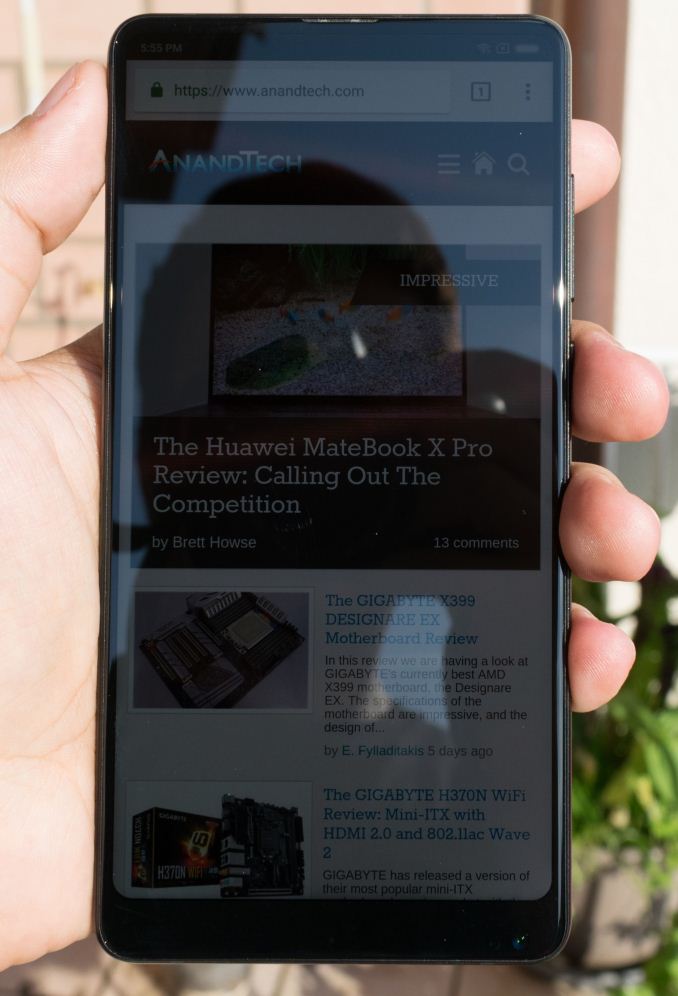
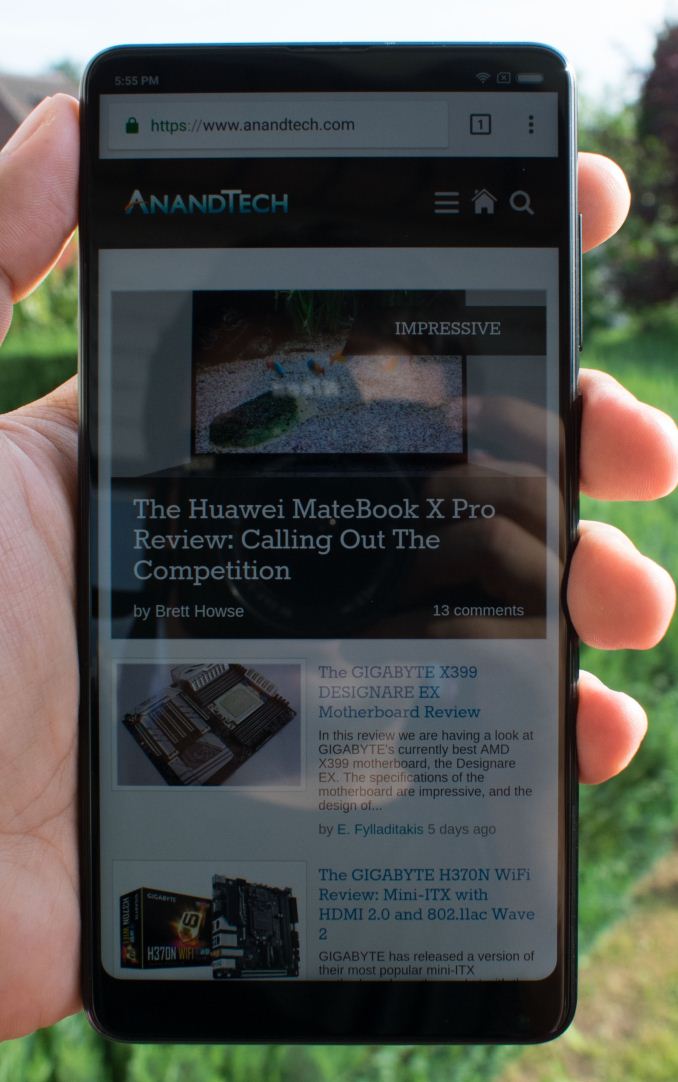
Direct sunlight vs indirect sunlight
In direct sunlight, the MIX 2S is notably weaker than competing phones in terms of offering good legibility – the 465-ish nits without any boost or increased contrast mode is still useable, but just doesn’t offer the same convenience as Samsung’s high-brightness modes or simply increased brightness boosts to >600nits.
In the standard sRGB mode, the gamut and saturation accuracy is excellent with an overall deltaE2000 of 1.62. Only in the blue spectrum it looks like the calibration is slightly undershooting the target chromacity.
In the “Increased Contrast” and “Automatic Contrast” modes we see both targeting the DCI-P3 colour space. It’s actually unfortunate that the mode that is actually meant to be accurate to the profile ends up missing it due to the blue shift of the non-configurable colour temperature. It looks like Xiaomi’s is simply using a linear colour offset to achieve the target colour temperature – we’ve had far more accurate and sophisticated calibration mechanisms from vendors over the years. This issue actually makes the Automatic mode in the “Warm” preset the more accurate DCI-P3 profile in terms of saturations… but there’s more to the story.
Switching over to the GMB charts, we see the sRGB mode again showcase very accurate results. The increased contrast DCI-P3 mode is again suffering from inaccuracies due to the blue shift in the spectrum, raising the error rate across all measurements.
Switching over to the automatic mode, we see some very odd results. I had expected the automatic mode in warm preset to be more accurate than the increased contrast DCI-P3 mode, as this didn’t suffer from the exaggerated blue shift. Instead the colours seem far more compressed, seemingly as if they’re targeting the sRGB colour space. I had triple-checked this several times and indeed this seems that’s actually what’s happening. Although the automatic mode operates in the full gamut of the DCI-P3 colour space, and the saturations measurements are quite accurate, the GMB colours are mapped in the sRGB colour space.
What Xiaomi seems to be doing here is they have a unique approach to wide-gamut displays without software content colour management. You get the benefit of “popping” and vivid colour, yet skin tones appear largely normal. The result isn’t really accurate by any standard, but it’s still a great compromise that reduces some of the more “off-putting” aspects of highly saturated display modes.
Overall the Mi MIX 2S’s screen is relatively average. It has very accurate sRGB colours if that’s what you value – but on the other hand there’s some large negatives in terms of maximum brightness, less than optimal viewing-angles, and most particularly for me the most negative point, the slow pixel response times of the panel. I might be nit-picking here, but as we’re comparing flagships to flagships, the MIX 2S’s screen just isn’t top-tier, especially in the context that its bezel-less design that is meant to make the display the centre-piece of the phone. Subjectively, it’s still a very good display – and given the price point of the device, it might not be that big of a draw-back, but buyers just shouldn’t have too high expectations.






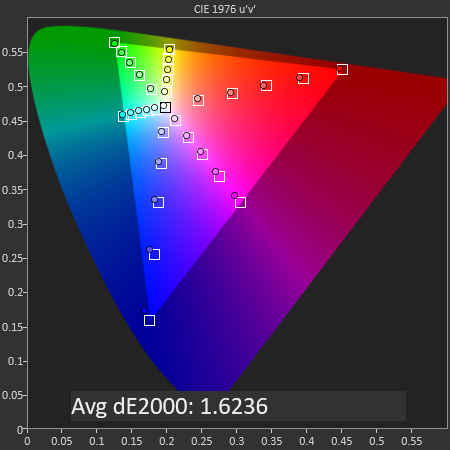

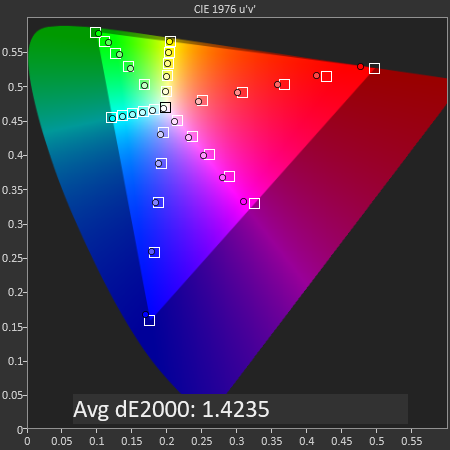
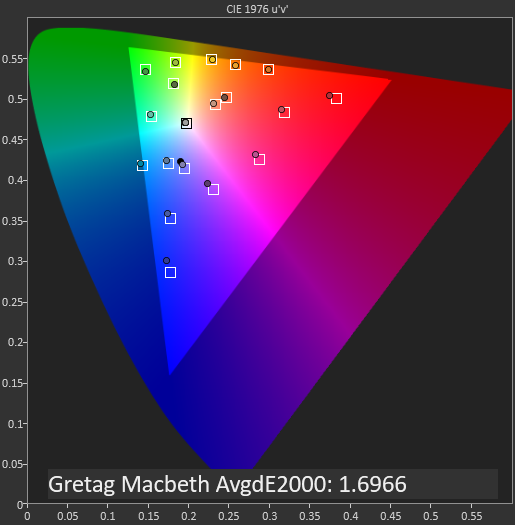
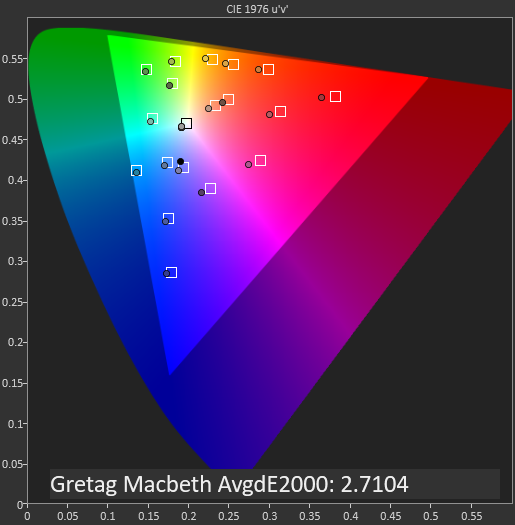

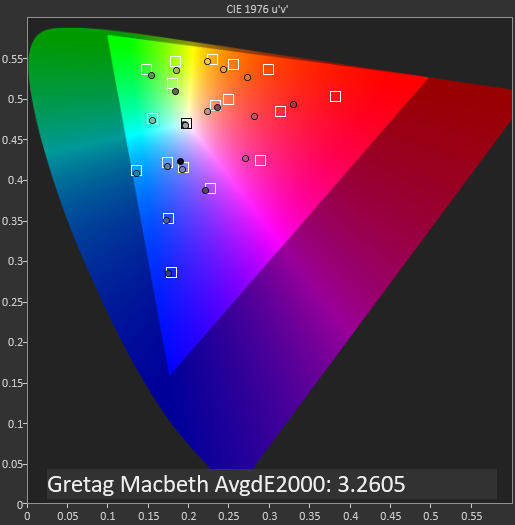
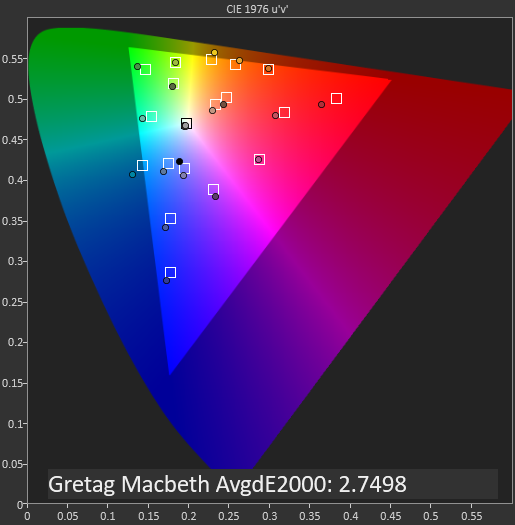









61 Comments
View All Comments
icalic - Monday, July 2, 2018 - link
Hi @Andrei Frumusanu,why no more gfxbench manhattan es 3.1 / metal test for battery life and final frame rate @ 150 nits?
i think that test is good for us to look GPU efficiency on every device.
icalic - Monday, July 2, 2018 - link
sorry, i meant @ nitsicalic - Monday, July 2, 2018 - link
@200 nits lolHolliday75 - Tuesday, July 3, 2018 - link
Third time is the charm!hisipo - Tuesday, July 3, 2018 - link
mynkl blUtilityMax - Monday, August 6, 2018 - link
No 3.5mm jack, no deal from me point. I would rather use a Moto G6 with SD450 but still have a 3.5mm connector.Fidelator - Sunday, September 2, 2018 - link
Andrei, I have to say that I am impressed by the quality of the latest batch of reviews, truly outstanding, the small one or two paragraph conclusion at the end of each section ia also extremely useful when you want to quickly check the performance of a devic3 in any given area.The newly introduced Speaker quality segment is quite simply, brilliant.
Great review, keep up the great work.
Now, these phones offer so much Bang for the buck that you'd be hard pressed to find any reason spend $700, $800 or $1000 on a phone, the Note 9 comes to mind as it is the one device that really checks all boxes with even some extra and unique bella and whistles but nithing else seems adequate at that point with this or the Pocophone in the market.
harshale7 - Saturday, October 6, 2018 - link
Reliance Jio is also said to be eyeing the telecom towers and optic fibre network of the cash-strappedphone services provider — assets that Canadian pension fund Brookfield, and a clutch of private equity
firms have also shown interest in, said one of the sources.
The joint lenders forum (JLF), which met in Mumbai on Thursday, discussed the sale of assets of the
telecommunications firm and a proposal to convert RCom’s debt into equity.
<a href="https://jiophone4g.com/"> jio tv </a>
<a href="https://jiophone4g.com/">jio dth</a>
<a href="https://jiophone4g.com/"> Jio Tv Web</a>
harshale7 - Saturday, October 6, 2018 - link
Reliance Jio is also said to be eyeing the telecom towers and optic fibre network of the cash-strappedphone services provider — assets that Canadian pension fund Brookfield, and a clutch of private equity
firms have also shown interest in, said one of the sources.
The joint lenders forum (JLF), which met in Mumbai on Thursday, discussed the sale of assets of the
telecommunications firm and a proposal to convert RCom’s debt into equity.
https://jiophone4g.com/
Archipelago - Wednesday, October 17, 2018 - link
I took the full size images from the Mi Max 2s review and edited them a little in Photoshop, the compared them to Galaxy S9 samples. With a little tweaking they were almost the same quality. As noted, the Xiaomi does not do that much sharpening compared to Samsung. I like that. It's almost like having a RAW image in which the user has control rather than the phone manufacturer. I hope you'll do a Mi 8 review. It seems like a Mi Max 2 with an AMOLED display.